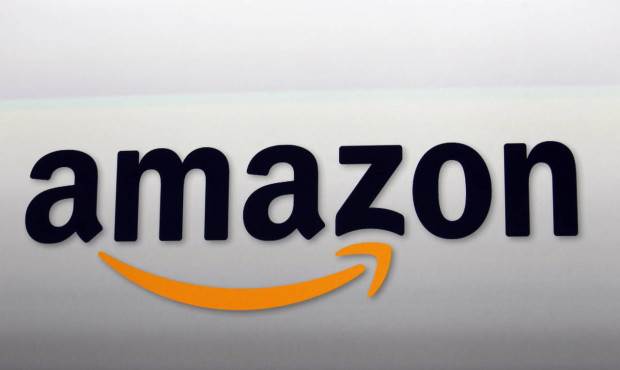Is there room for two streaming-video giants in most households? Amazon is hoping so. In a move likely aimed at rival Netflix, Amazon said that it is spinning out its Prime Video service as a separate, standalone service in the United States.
Over the weekend, Amazon told visitors to its Web site that it now offers two new Prime pricing plans: one at $ 8.99 a month to stream movies and television shows from a new video-only version of its Prime service, and another at $ 10.99 a month that will provide access to the full benefits of the Prime service, including video streaming, free two-day shipping on Amazon orders and music streaming.
While it has been very successful, some consumers have resisted Amazon Prime because of the $ 99 up-front cost for an annual membership. The new offering removes the requirement of an annual commitment to Prime, but it won’t be cheaper in the long run. Customers who subscribe month-to-month for the full Prime service will pay almost $ 33 more a year than if they subscribe on an annual basis.
Over the Top
Users who subscribe to just the video service on a monthly basis will pay $ 8.88 more a year than the full annual Prime membership fee while missing out on such benefits as free two-day shipping that are available to annual Prime members. But paying monthly for Prime Video might make sense for a viewer who only wants to binge-watch a single original Amazon series, for instance.
Amazon, Netflix, Hulu and similar providers deal in what’s called OTT, or over-the-top delivery. OTT refers to delivery of audio, video and other media over the Internet without the direct involvement of an Internet service provider. Tim Siglin, chief strategy officer for Boston-based video compression company EuclidIQ, told us that making its content available piecemeal might be the first step in finding a broader audience for that content — and also help pay for its production.
“Original content is only one-third of the OTT formula for upper-tier providers,” said Siglin. “The other two parts involve paying for that content, whether it be the cost of production or the cost of distribution.”
On Netflix’s Heels
Siglin also noted that Netflix is now also distributing its original content in some foreign countries as traditional one episode per week programs to take advantage of markets where its shows aren’t available for streaming. “It will be interesting to see if Amazon can bridge that same distribution gap to create truly global television,” he said.
The move by Amazon was foreshadowed last month when it introduced a $ 10.99 monthly membership option for Prime service by letting Sprint customers add the Amazon service to their monthly wireless bills.
Netflix streaming has been available monthly for several years at prices ranging from $ 7.99 to $ 11.99 per month, depending on video quality and other factors. That company has more than 75 million worldwide subscribers to its streaming services. A recent report by Piper Jaffray indicated that there are between 57 million and 61 million Amazon Prime subscribers.
Image Credit: Amazon Prime Streaming Video screenshot via Amazon.


![[Video] An Exclusive Look at Galaxy XR With the Engineers](https://loginby.com/itnews/wp-content/uploads/2025/10/Video-An-Exclusive-Look-at-Galaxy-XR-With-the-Engineers-238x178.jpg)




